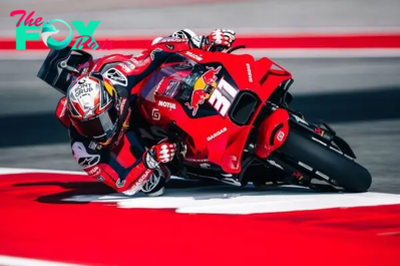MotoGP
Why Ducati's biggest MotoGP challenge for 2024 is not on the track
Now that Francesco Bagnaia's renewal by Ducati for the next two years to the end of 2026 is complete, the performance advantage offered by its MotoGP bike will allow the Borgo Panigale chiefs to apply a policy of cost containment to pay the rest of the manufacturers' riders.
Pre-season testing at both Sepang and Losail suggested that the season that gets underway in Qatar on Sunday may well be a continuation of the previous one, in which Bagnaia clinched his second MotoGP crown in a row. Should that be confirmed with any of the Desmosedici riders, the Bologna-based manufacturer would be celebrating its third consecutive title and fourth in its History after dominating every aspect of the comPetition.
Bagnaia faces the start of the championship with his renewal signed and in the best moment of his career. Jorge Martin, for his part, is aware that this will almost certainly be his last season in Pramac overalls. Both of them, along with Enea Bastianini and Franco Morbidelli, will enjoy the quality leap that the GP24 represents compared to its predecessor, which will be ridden by Marc and Alex Marquez at Gresini, and the VR46 pair of Marco Bezzecchi and Fabio Di Giannantonio.
Ducati will be hoping to use this line-up to make a difference on the track once again, especially given that the Japanese manufacturers, Yamaha and Honda, are lagging behind while the Aprilia and KTM bikes are not yet consistent enough in all conditions and on all circuits. This should also allow Ducati to tackle one of its biggest challenges at a corporate level: curbing its spending on rider salaries.
"The global economic climate is not very stable at the moment, because of the wars and coNFLicts that are going on," a senior Ducati official tells Motorsport.com. "And what Ducati doesn't want to do is to commit to paying figures that in one or two years' time will be hard to afford. You have to bear in mind that we sell 60,000 bikes a year, and that puts you on a different plane to, for example, Yamaha and Honda."
Bagnaia's renewal satisfies the wishes of both parties. His last contract signing was in February 2022, before he became MotoGP world champion. His status has changed a lot since then, and so has his salary. Although the structure and figures of that contract were very similar to those of Bastianini and Martin's deals, the performance bonuses have now put him on a higher level than them.
"It is true that the basic amounts of Pecco, Enea and Jorge were even," says Albert Valera, Martin's agent. "But the two titles have had an important impact on what he receives. What Ducati does is to reward financially those who finish the world championship in the top three, and that is also reflected in an increase for the following season."
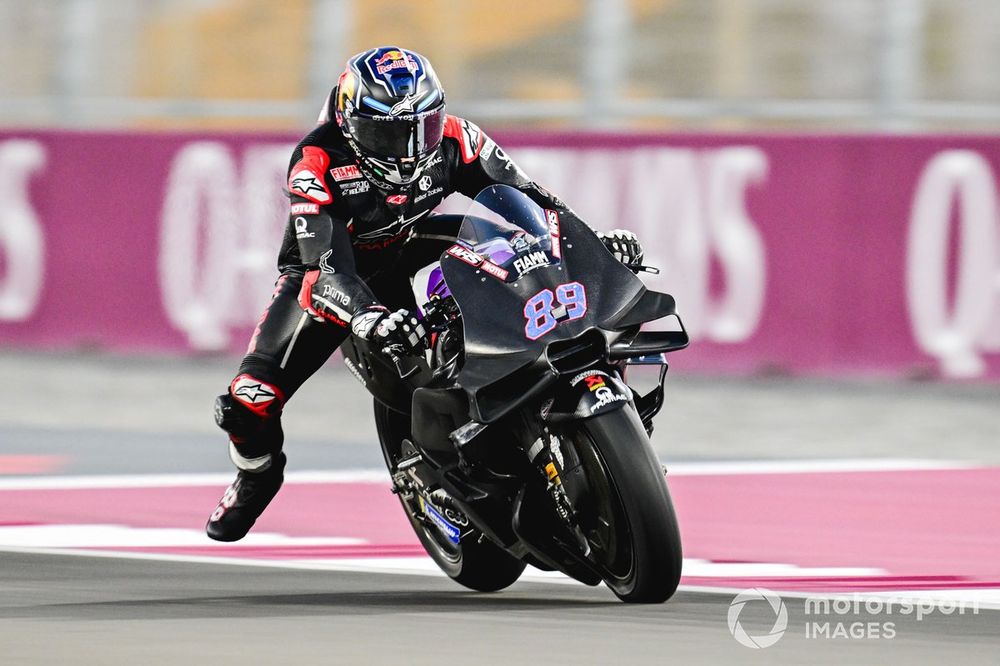
This year will almost certainly be Jorge Martin's last in Pramac colours
Photo by: Gold and Goose / Motorsport Images
Motorsport.com understands that Bagnaia's contract extension, announced on Monday, stipulates a base salary of around seven million euros. To that amount, another variable must be added, depending on the results obtained, which may allow him to exceed 10 million euros in total if he can retain the crown again.
These values, although obviously very relevant, have nothing to do with those paid five or six years ago, in the pre-pandemic era. The 25 million euros that Ducati paid Jorge Lorenzo for the two years that the Spaniard was there (2017 and 2018) are a thing of the past.
Andrea Dovizioso's departure in 2021, and the arrival in his place of Bagnaia - promoted from Pramac - reduced the amount allocated to pay the salaries of the brand's riders by more than 50%. Now, Ducati wants to replicate that plan, and that's why it is practically impossible to see Martin remaining in Pramac colours beyond this season. The Spaniard, who as runner-up in the championship also benefited from the generosity of the brand that pays him, is the best personification of this intention to reduce the investment in riders.
"What Ducati doesn't want to do is to commit to paying figures that in one or two years' time will be hard to afford," Ducati source
"Martin's case was unique because he fought for the promotion to the works team with Enea [in 2022]. Either of them would have deserved it, and that's why Ducati matched the conditions. That's over now," says someone leaving the Ducati workshop. Martin already knows that 2024 will be his last year at Pramac.
The source adds: "The idea was always that this satellite team would serve as a platform for the younger riders to prepare them to make the jump to the works squad. But, for that to happen, the salaries have to be in alignment with that mentality. Ducati can't be paying a base of two million euros to a satellite team rider."
The rider who best represents the idea that Ducati intends to implement for this nursery of future factory riders is Fermin Aldeguer. The Spaniard has already committed himself for 2025, when he will make his debut in the premier class on a Pramac-run Desmosedici. Aldeguer's agreement sets a salary figure of no more than 300,000 euros, supplemented by an amount that will vary according to the results he achieves.
The fact of having the best bike on the grid gives Ducati a privileged position. And not only with rookies, who choose to sacrifice the economic side for the chance to ride the best bike on the grid. The same also applies to stars of Marc Marquez's calibre...
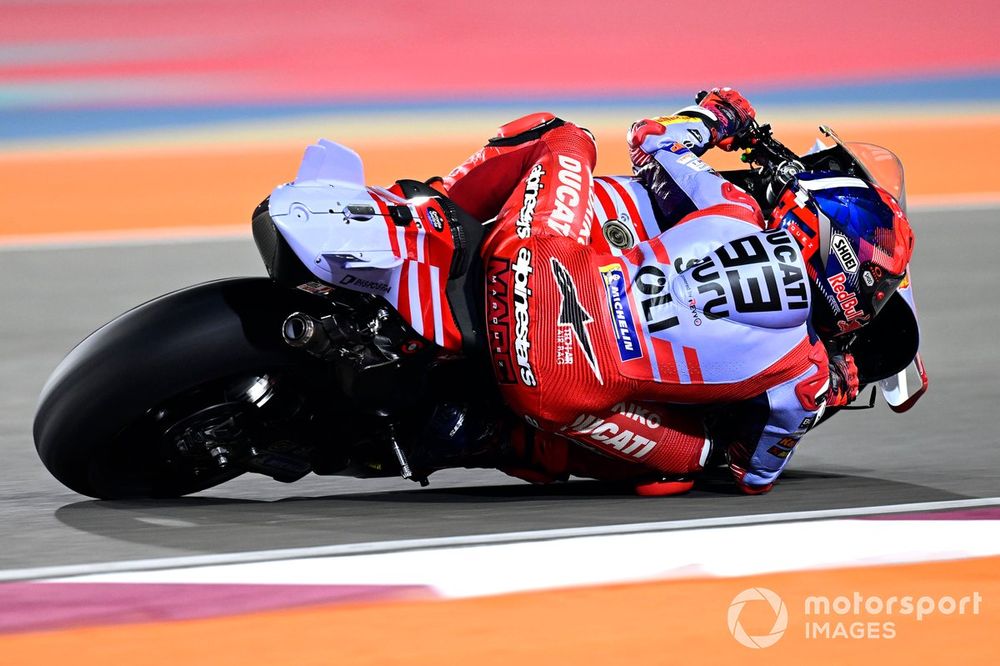
Ducati's comPetitive position gives it a position of privilege when it comes to rider salaries
Photo by: Gold and Goose / Motorsport Images
-
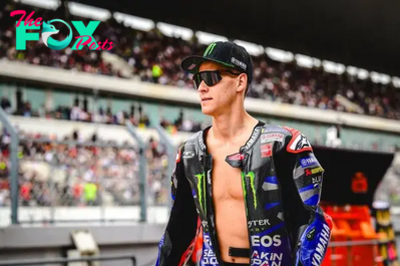
 MotoGP20h ago
MotoGP20h agoQuartararo: Yamaha MotoGP satellite team "must be an extension of the factory"
-
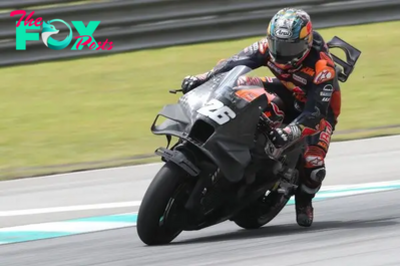
 MotoGP20h ago
MotoGP20h agoPedrosa says 'unexpected' MotoGP return pushed by "interesting" testing data
-
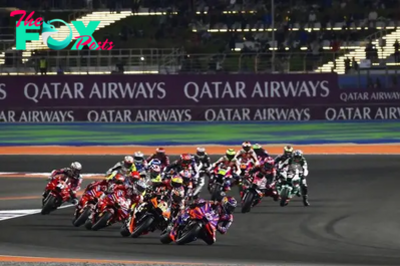
 MotoGP1d ago
MotoGP1d agoWhat is a wildcard in MotoGP and why is it used?
-
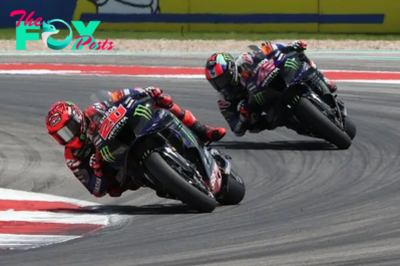
 MotoGP1d ago
MotoGP1d agoYamaha to test completely new MotoGP bike at Jerez
-
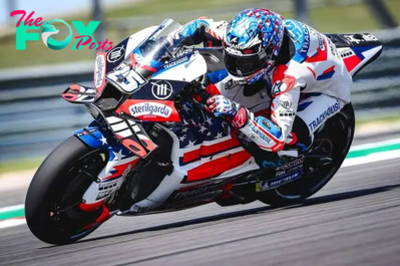
 MotoGP1d ago
MotoGP1d agoRaul Fernandez set to get 2024 Aprilia MotoGP bike at Jerez
-
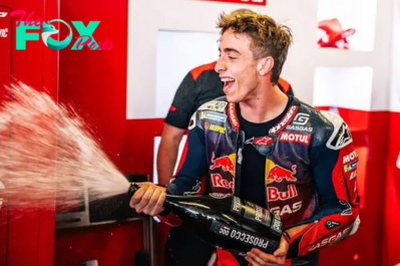
 MotoGP2d ago
MotoGP2d agoCould Acosta get a Verstappen-like mid-season promotion to KTM in MotoGP 2024?
-
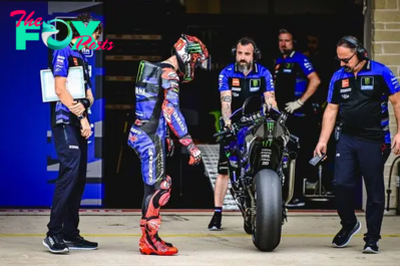
 MotoGP3d ago
MotoGP3d agoQuartararo stresses ‘quality over quantity’ with upcoming Yamaha MotoGP update
-
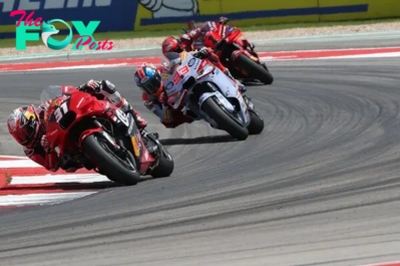
 MotoGP3d ago
MotoGP3d agoMarquez: Rossi-like Acosta can't be ruled out of MotoGP title fight
